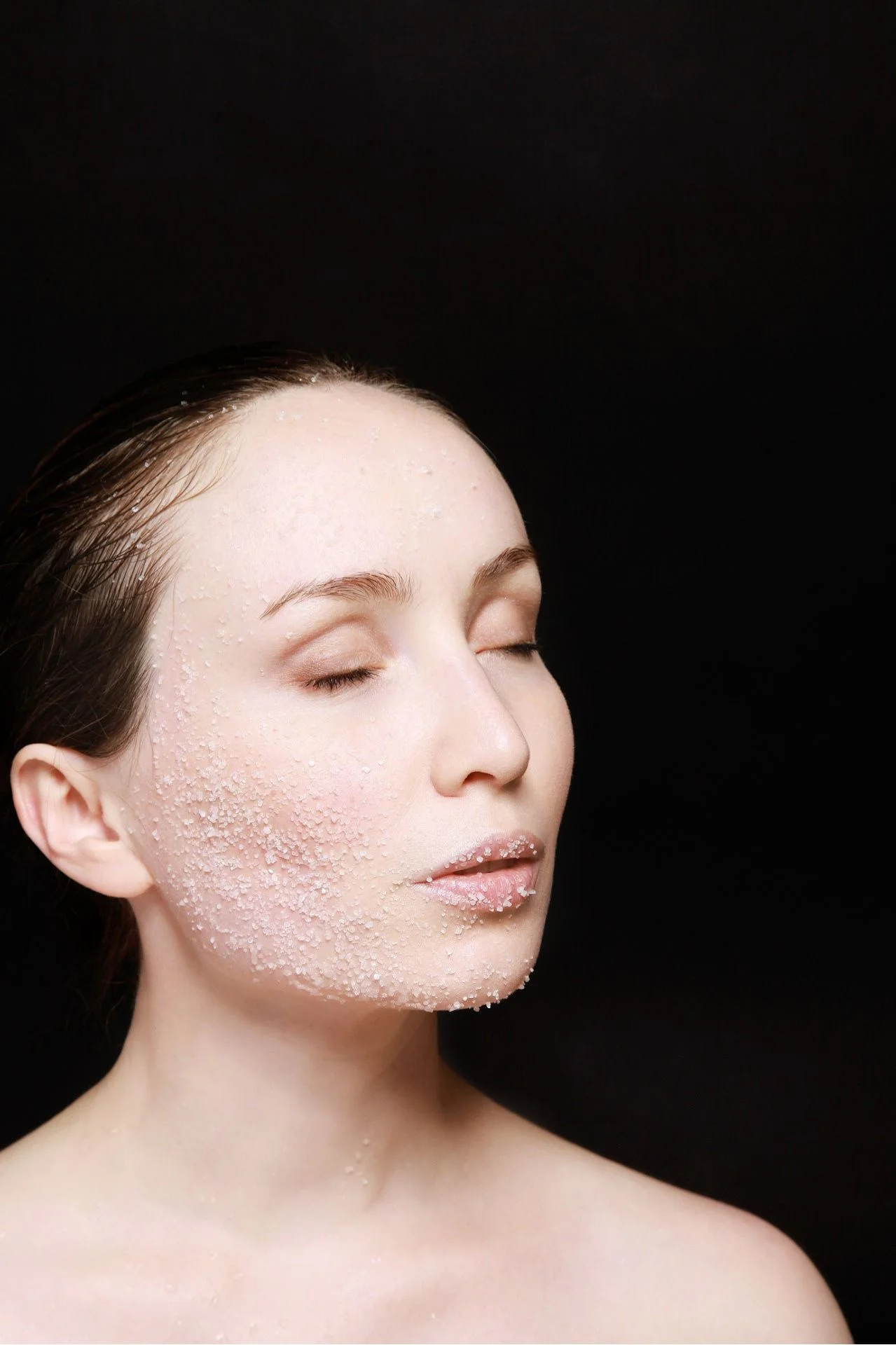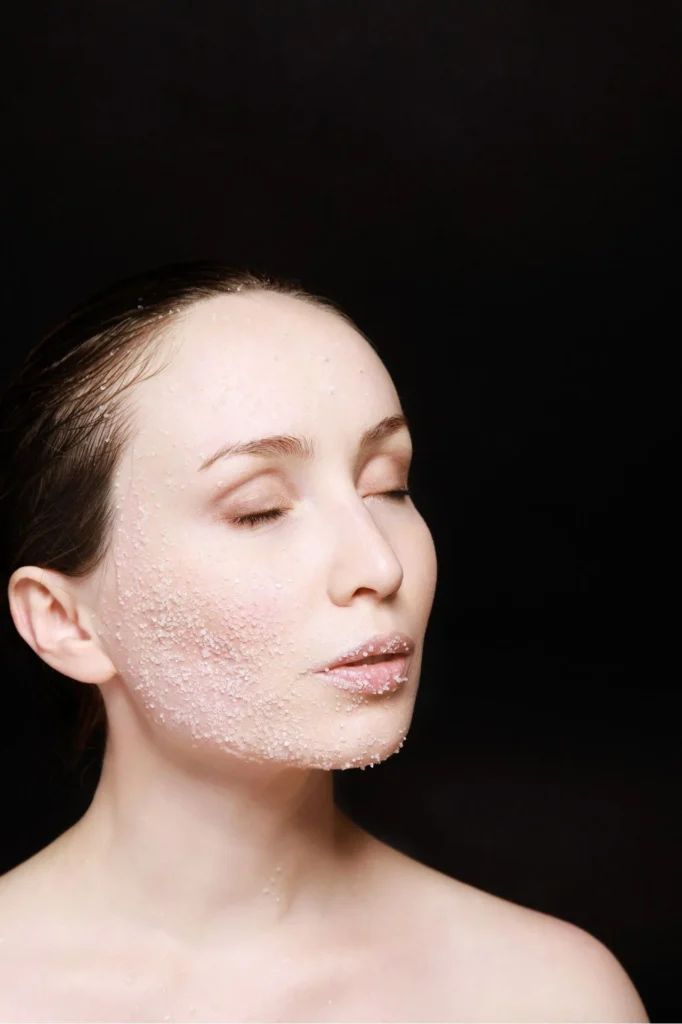How to Treat Peeling Skin on Face: Tips for a Healthy and Radiant Complexion
Having smooth and radiant facial skin is a common desire for many individuals. However, dealing with peeling skin on the face can be uncomfortable and concerning. In this article, we will provide you with effective tips and techniques to treat peeling skin and restore a healthy complexion. We will explore the causes and symptoms of peeling skin, along with home remedies and over-the-counter treatments. Additionally, we will discuss preventive measures to avoid future occurrences. By following these guidelines, you can achieve a healthy and radiant complexion that makes you feel confident and comfortable in your own skin.
 2. Understanding the Causes of Peeling Skin
2. Understanding the Causes of Peeling Skin
Peeling skin on the face can occur due to several reasons, including:
- Dry skin
- Sunburn
- Allergic reactions
- Harsh cosmetic products
- Skin conditions such as eczema, psoriasis, or dermatitis
- Environmental factors like cold weather or low humidity
You may also like..How to Treat Chemical Burn on Face from Skincare Hair Treatment for Oily Scalp and Dry Ends: Achieve Healthy Hair
3. Identifying the Symptoms of Peeling Skin
Before proceeding with the treatment, it is essential to identify the symptoms associated with peeling skin. These may include:
- Flaky or dry patches on the face
- Redness or inflammation
- Itching or irritation
- Tightness or discomfort
4. Effective Home Remedies for Treating Peeling Skin
1. Gentle Cleansing and Moisturizing Routine
Start by using a mild cleanser to wash your face twice a day. Avoid hot water, as it can further dry out the skin. After cleansing, apply a moisturizer suitable for your skin type to keep it hydrated.
2 .Exfoliation to Remove Dead Skin Cells
Regular exfoliation helps remove dead skin cells and promotes cell turnover. Choose a gentle exfoliator and use it once or twice a week to avoid irritation. Be cautious not to over-exfoliate, as it can damage the skin’s protective barrier.
3. Hydration and Humidification
Ensure proper hydration by drinking an adequate amount of water throughout the day. Additionally, use a humidifier in your living space to add moisture to the air, especially during dry weather conditions.
4 .Use of Natural Remedies
Certain natural ingredients can provide relief to peeling skin. Aloe vera gel, coconut oil, honey, and cucumber can be applied topically to soothe and moisturize the skin. However, it is essential to perform a patch test before applying any new ingredient to avoid allergic reactions.
5 .Protecting Your Skin from Sun Damage
Excessive sun exposure can exacerbate peeling skin. Apply a broad-spectrum sunscreen with an SPF of 30 or higher daily, even during cloudy days. Wear a wide-brimmed hat and sunglasses to shield your face from harmful UV rays.
5. Over-the-Counter Treatments for Peeling Skin
If home remedies do not provide sufficient relief, there are various over-the-counter treatments available. Look for products containing ingredients like hyaluronic acid, ceramides, or glycerin, which help retain moisture in the skin. Consult a pharmacist or dermatologist for recommendations suitable for your specific condition.
6. Seeking Medical Assistance
If the peeling skin persists or worsens despite trying home remedies and over-the-counter treatments, it is advisable to consult a dermatologist. They can diagnose any underlying skin conditions and provide targeted treatment options.
7. Preventive Measures to Avoid Peeling Skin
To prevent peeling skin on the face, consider incorporating the following measures into your skincare routine:
- Use gentle, fragrance-free products
- Avoid harsh exfoliants or abrasive scrubs
- Protect your skin from extreme temperatures and dry environments
- Maintain a balanced diet rich in vitamins and minerals
- Manage stress levels effectively
Conclusion
Peeling skin on the face can be distressing, but with the right approach, it is manageable. By following a proper skincare routine, incorporating home remedies, and seeking medical assistance if necessary, you can restore a healthy and radiant complexion. Remember to prioritize prevention to minimize the occurrence of peeling skin in the future.
Disclaimer: The information provided in this guide is for general informational purposes only and should not be considered as a substitute for professional medical advice or treatment. Always consult a healthcare professional or dermatologist for specific guidance tailored to your individual circumstances.
FAQs
How long does it take for peeling skin to heal?
The healing time for peeling skin can vary depending on the underlying cause and individual factors. In most cases, it takes around one to two weeks for the skin to heal completely.
Can certain cosmetics contribute to peeling skin?
Yes, certain cosmetics containing harsh chemicals or allergens can contribute to peeling skin. It is important to choose skincare and makeup products that are suitable for your skin type and free from potential irritants.
Is peeling skin a sign of a serious medical condition?
In some cases, peeling skin may indicate an underlying skin condition or infection. If you experience persistent or severe symptoms, it is recommended to consult a healthcare professional for proper evaluation and diagnosis.
Can stress cause peeling skin on the face?
While stress itself may not directly cause peeling skin, it can worsen existing skin conditions or trigger flare-ups. It is essential to manage stress levels effectively and practice self-care to promote overall skin health.
Are there any specific dietary recommendations to prevent peeling skin?
Maintaining a balanced diet rich in vitamins A, C, and E, as well as omega-3 fatty acids, can support skin health. Incorporate foods like fruits, vegetables, fish, nuts, and seeds into your diet to promote a healthy complexion.


 2. Understanding the Causes of Peeling Skin
2. Understanding the Causes of Peeling Skin

